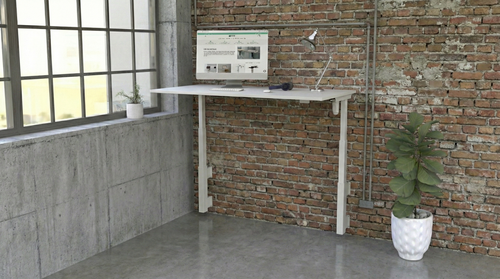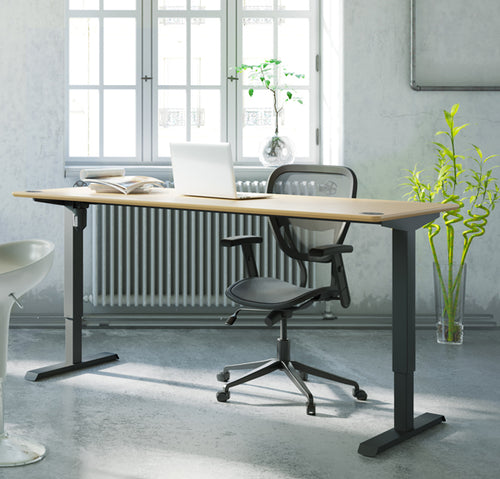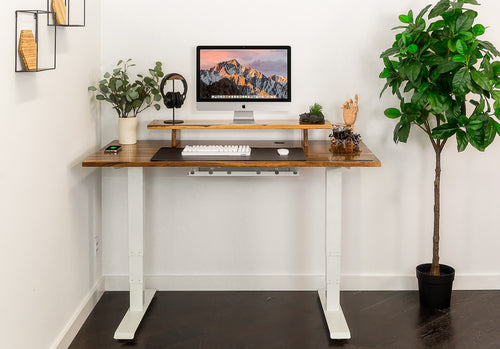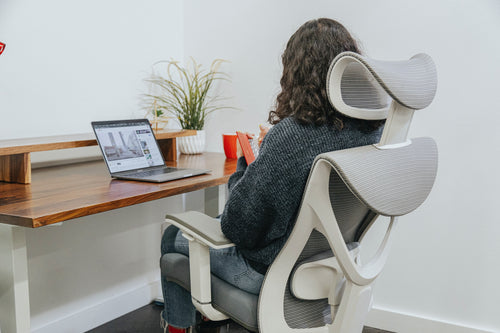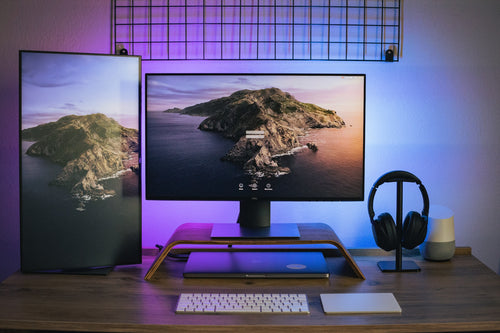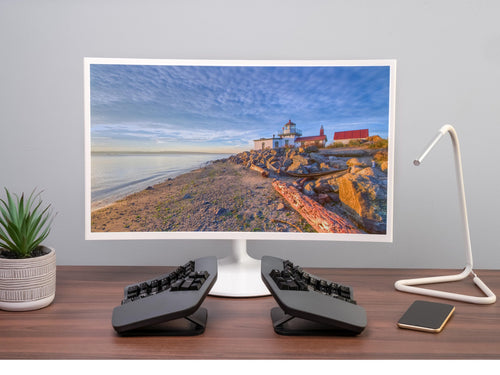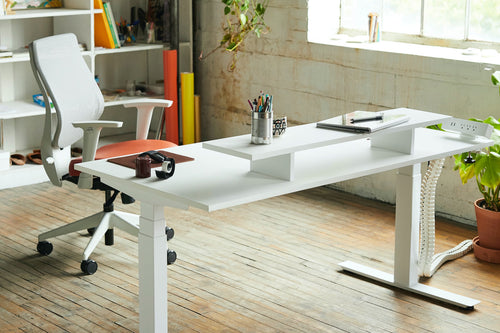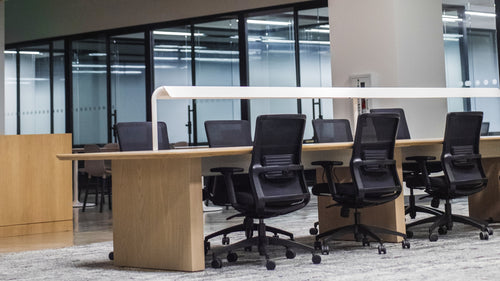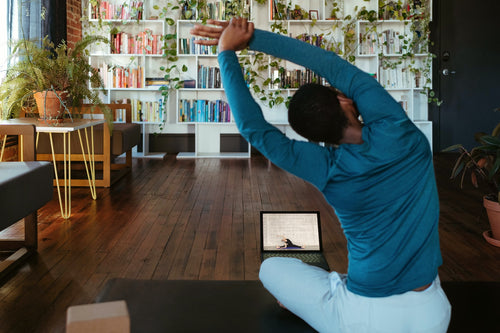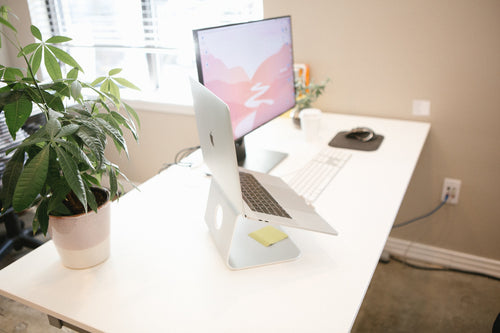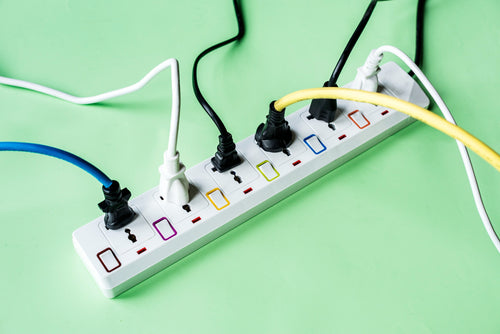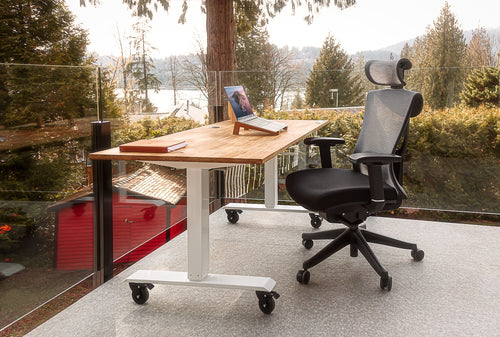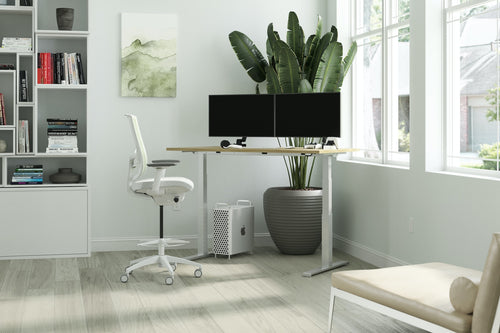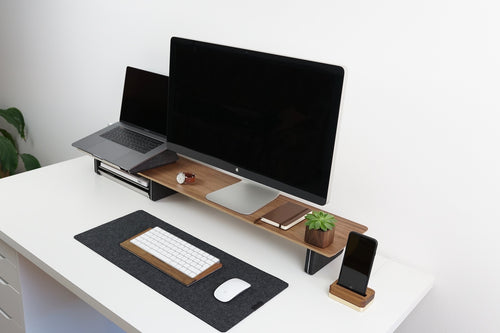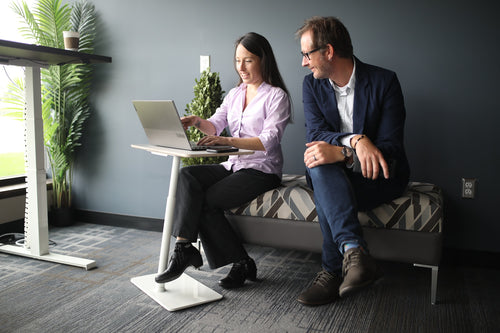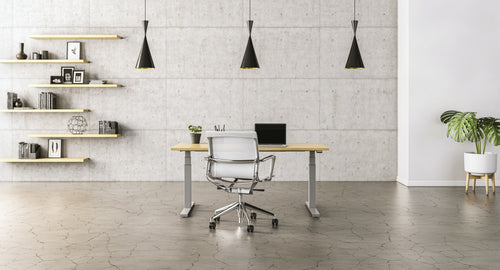In today’s digital world, many of us spend a lot of time using computers, laptops, tablets, smartphones and other devices for work and personal purposes. These devices can offer many benefits, such as convenience, productivity, communication and entertainment. However, they can also pose some challenges and risks for our physical and mental health, such as eye strain, neck pain, back pain, wrist pain, headaches, fatigue and stress.
That’s why it’s important to use ergonomic software and apps that can help us optimise our interaction with these devices and enhance our work experience. Ergonomic software and apps are applications that are designed to improve the usability, accessibility, comfort and efficiency of the user interface and user experience of digital devices. They can also help us prevent or reduce the negative effects of prolonged or improper use of these devices on our health and well-being.
In this article, we will explore some of the benefits and features of ergonomic software and apps, as well as some examples of how they can help you improve your work experience.
Advantages of Ergonomic Software and Apps
Ergonomic software and apps can offer various advantages for users, such as:
- Preventing or alleviating physical discomfort and injury: Ergonomic software and apps can help you adjust your posture, position, movement and lighting when using your devices. They can also remind you to take regular breaks, stretch your muscles, change your posture or switch between sitting and standing. This can help you prevent or alleviate the risk of developing musculoskeletal disorders (MSDs), such as repetitive strain injuries (RSIs), carpal tunnel syndrome (CTS), tendinitis or low back pain. MSDs are one of the most common causes of work-related disability and absenteeism.
- Boosting mental well-being and productivity: Ergonomic software and apps can help you manage your time, tasks, attention and stress when using your devices. They can also provide you with feedback, guidance, motivation and support to achieve your goals. This can help you boost your mental well-being, mood, focus, creativity and performance. It can also help you avoid or cope with the negative effects of digital overload, such as information overload, distraction, anxiety or burnout.
- Increasing satisfaction and engagement: Ergonomic software and apps can help you customise your user interface and user experience according to your preferences, needs and abilities. They can also make your interaction with your devices more enjoyable, fun, interactive and rewarding. This can help you increase your user satisfaction and engagement with your devices and the content or services they provide.
Features of Ergonomic Software and Apps
Ergonomic software and apps can have various characteristics that can help you improve your work experience. Some of the common characteristics are:
- Stretch-break coaching tool: This characteristic can remind you to take regular breaks from using your devices and guide you through stretches and exercises that can help you relax your muscles, joints and eyes. For example, Stretchly is a software that provides this characteristic for computer users.
- Sit-stand coaching tool: This characteristic can remind you to alternate between sitting and standing when using your devices and adjust your workstation to the correct height for each posture. This can help you reduce the health risks of sedentary behaviour when working from home or in the office. For example, StandApp is an app that provides this characteristic for users of sit-stand workstations.
- Ergonomics training tool: This characteristic can provide you with self-guided ergonomics training for at-work or work-from-home staff. It can teach you the best practices for setting up your workstation, adjusting your posture, using your devices and managing your work habits. For example, ErgoMinder is a software that provides this characteristic for office workers.
- Workstation assessment tool: This characteristic can help you assess the ergonomics of your workstation at home or in the office. It can provide you with step-by-step advice on how to resolve any issues found and report on your compliance with best practice guidelines. For example, ErgoAssess is a software that provides this characteristic for remote workers.
- Organisation wellness tool: This characteristic can help you monitor the well-being of yourself or your staff across your organisation. It can provide you with personalised recommendations, identify high-risk staff, set targets, and generate reports on well-being and compliance. For example, ErgoAnalytics is a software that provides this characteristic for managers and EHS professionals.
- Accessibility tool: This characteristic can help you make your devices more accessible and inclusive for all users, regardless of their physical, sensory or cognitive abilities. It can provide you with options to adjust the text size, colour, contrast, font, voice-over, keyboard shortcuts and other aspects of your user interface and user experience. For example, iOS Accessibility Features is a software that provides this characteristic for iOS users.
- Time management tool: This characteristic can help you manage your time and tasks when using your devices. It can help you plan your schedule, prioritise your activities, set deadlines, track your progress and remind you of your appointments. For example, Todoist is an app that provides this characteristic for Android and iOS users.
- Attention management tool: This characteristic can help you manage your attention and focus when using your devices. It can help you block or limit distractions, such as notifications, pop-ups, ads, social media or other apps. It can also help you create a conducive environment for concentration, such as playing ambient sounds or music. For example, Focus@Will is an app that provides this characteristic for Android and iOS users.
- Stress management tool: This characteristic can help you manage your stress and emotions when using your devices. It can help you monitor your mood, track your stress levels, practice relaxation techniques, meditate, breathe deeply or journal. It can also help you cope with challenging situations, such as conflicts, deadlines or feedback. For example, Calm is an app that provides this characteristic for Android and iOS users.
Examples of Ergonomic Software and Apps
There are many ergonomic software and apps available in the market that can help you improve your work experience. Here are some examples of ergonomic software and apps that you can try:
- Stretchly: This is a software that offers various features to improve the well-being and performance of computer users, such as stretch-break coaching, customizable reminders, microbreaks and long breaks.
- Wellnomics: This is a suite of ergonomic software that offers various features to improve the well-being and performance of office workers, such as stretch-break coaching, sit-stand coaching, ergonomics training, workstation assessment and organisation wellness.
- Windows 10 Accessibility Features: This is a software that offers various features to make Windows devices more accessible and inclusive for all users, such as a magnifier, narrator, speech recognition, keyboard shortcuts and colour filters.
- Google Calendar: This is an app that offers various features to help users manage their time and tasks, such as creating events, inviting guests, setting reminders, sharing calendars and syncing across devices.
- Forest: This is an app that offers various features to help users manage their attention and focus, such as planting virtual trees, blocking distractions, setting goals, earning rewards and planting real trees.
- Focus@Will: This is an app that offers various features to help users manage their attention and focus, such as playing scientifically optimised music, choosing from different genres, setting timers, tracking productivity and earning badges.
- Calm: This is an app that offers various features to help users manage their stress and emotions, such as guided meditation, mindfulness exercises, sleep stories, mood tracking and personalised recommendations.
- Headspace: This is an app that offers various features to help users manage their stress and emotions, such as guided meditation, mindfulness exercises, sleep sounds, mood tracking and personalised recommendations.
Ergonomic software and apps are applications that are designed to improve the usability, accessibility, comfort and efficiency of the user interface and user experience of digital devices. They can also help us prevent or reduce the negative effects of prolonged or improper use of these devices on our health and well-being.
Ergonomic software and apps can offer various benefits for users, such as reducing physical discomfort and injury, improving mental well-being and productivity and enhancing user satisfaction and engagement.
Ergonomic software and apps can have various features that can help us improve our work experiences, such as stretch-break coaching, sit-stand coaching, ergonomics training, workstation assessment, organisation wellness, accessibility, time management, attention management and stress management.
There are many ergonomic software and apps available in the market that can help us improve our work experience. Some examples are Wellnomics, Windows 10 Accessibility Features, Google Calendar, Forest and Headspace.
If you are interested in trying out some ergonomic software and apps to enhance your work experience, you can visit their websites or download their apps from the app stores. You can also check out some reviews or testimonials from other users to see how they have benefited from using them.
We hope this article has given you some useful information and insights on how to use ergonomic software and apps to enhance your work experience. Remember to always use your devices safely and healthily!



